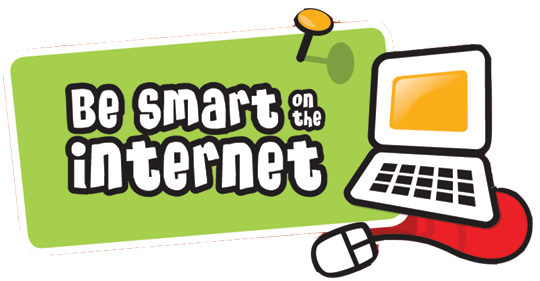10 Quick Tips About Internet Safety
Before the school year comes to an end, remind your students to stay safe online this summer! In this age of technology even our youngest students are using computers, portable devices and video games for entertainment. As a result, many of our students are connecting with strangers and giving out personal information. We must open up the internet safety conversation in our classrooms and help our kids navigate the digital world. As educators, we need to be aware of online dangers and join with parents to address the issue. Here are ten topics of conversations and K-12 resources to get the conversation started.
- Protect your private information! Do not tell strangers your real name, address, school, age, phone number, family information, etc.
- Do not send or post pictures of yourself.
- Create a safe username and strong password. Keep your password private.
- Introduce the term “digital footprint” and discuss what makes up your digital footprint and how permanent it is.
- Turn off the GPS location for your camera if you are uploading photos directly from your device to an online site such as Instagram or Facebook.
- Use social media for good.
- THINK: Before you post or text, THINK: Is it True, Helpful, Inspiring, Necessary, and Kind? Display one of these posters all year.
- Create positive profiles, limit your followers to people you know personally and set your accounts to private.
- Talk about Cyberbullying.
- Explore these sites for valuable lesson ideas including videos, games, materials and more. Introduce these resources to kids and parents to explore from home.
a. NetSmartz
Do you have any other strategies and resources for teaching Internet Safety? Eduspire is looking for guest bloggers! Email me at tfinegan72@comcast.net if you would like to be a guest blogger.

